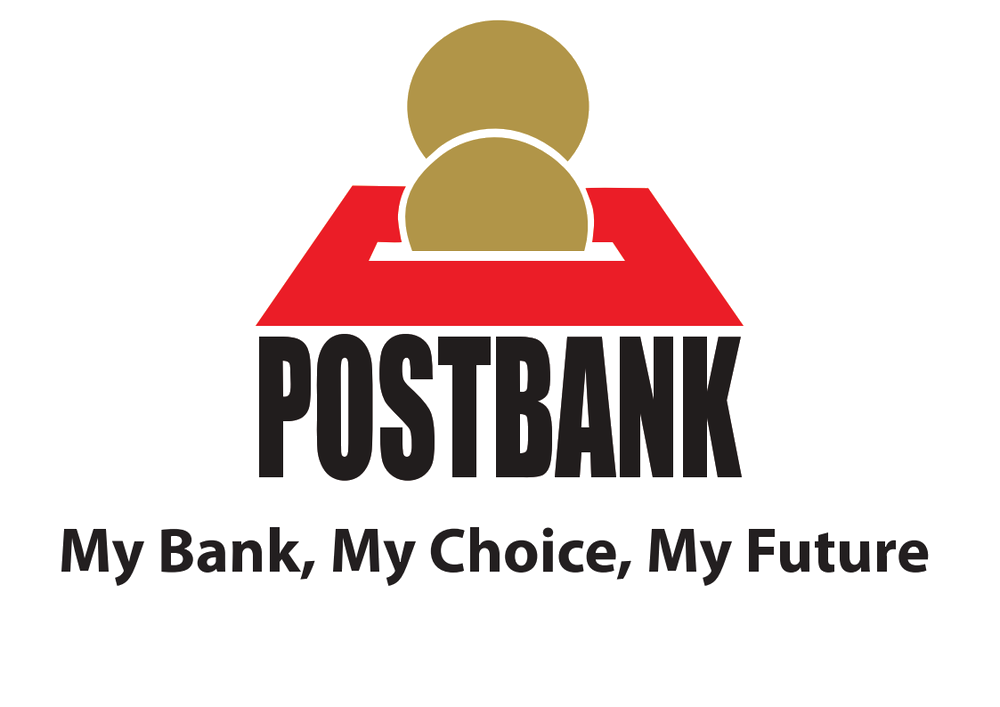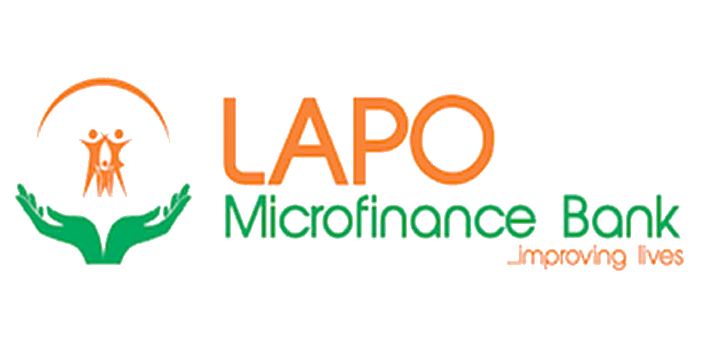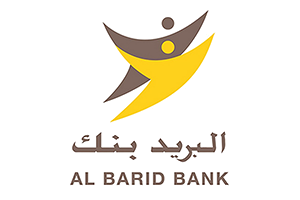Covid-19 impacts microfinance
Scale2Save Campaign
Micro savings, maximum impact.
Benchmarking an MFI’s liquidity risk in the context of the MIX Market peer group analysis
Covid-19 impacts microfinance
Benchmarking an MFI’s liquidity risk in the context of the MIX Market peer group analysis
The following piece appears on the covid-finclusion.org blogsite.
Surviving the liquidity crunch
The Covid-19 pandemic is hitting financial service providers and has an immediate impact on their liquidity management. Cash and cash-like assets help to ensure survival of financial services providers in a liquidity crisis situation, as was pointed out in a previous essay by e-MFP’s Daniel Rozas posted on this website.
Liquidity stress felt by FSPs can come from a surge in deposit withdrawals by customers, continuing operational expenses and maturing debt obligations. At the same time, loan repayments and new deposit inflows will be largely “frozen”. The impact of reduced liquidity is acutely felt by microfinance institutions as they typically do not have access to emergency liquidity funding from the Central Bank, as they are not licensed nor regulated to operate as commercial banks.
The impact analysis of Covid-19 related liquidity stress on microfinance institutions worldwide using the historical data collected via MIX Market and published as part of this liquidity series contributes in a significant way to the discussion on how to best address the liquidity crisis and ensure continuity of viable MFIs. The liquidity run-off analysis and stress test-based approach presented in the article are in line with international standards, for example as issued by the Basel Committee on Banking Supervision for banks through the Principles for Sound Liquidity Risk Management and Supervision (2008, revised in 2019).
Under the liquidity coverage approach introduced as part of the Basel III framework revisions a financial institution should hold a sufficient level of unencumbered, high-quality liquid assets that can be converted to cash to meet the liquidity needs during a time period under a liquidity stress scenario. For internationally active banks, the survival period has been defined as 30 calendar days, by which time it is assumed that appropriate corrective actions can be taken by management and supervisors, or that the bank can be resolved in an orderly way. As MFIs lack direct access to much-sought Central Bank funding, longer survival periods may be more appropriate for actions to be taken that ensure business continuity of the institution. A three to six-month time horizon used in the earlier essay therefore seems to be an appropriate time horizon for liquidity risk analysis of MFIs.
Scale2 Save programme
Scale2Save is a partnership between WSBI and Mastercard Foundation to establish the viability of small-scale savings in six African countries with 11 project partners. The six-year programme aims for 1 million more people banked in those countries through FSP partnerships using innovative models.
The programme sought to evaluate the impact of the Covid-19 crisis on the financial soundness of its partner institutions and assess the implications for the programme. A comparative analysis was performed by benchmarking the liquidity position of the partner institutions in relation to the MIX Market peer group analysis.
Liquidity regulatory ratios for deposit taking MFIs
Prior to benchmarking some of our partner FIs in the context of the MIX Market peer group, we completed a soundness check against the liquidity ratios and indicators used by regulators as part of their prudential supervision of MFIs. Deposit taking MFIs are typically supervised by the Central Bank in their country of operation and are required to report liquidity ratios on a monthly basis. A lack of compliance with these liquidity ratios would already present challenges to the continuity of the MFI in the best of times.
These “stock-based” balance sheet liquidity ratios have shortcomings in that they may not fully reflect liquidity risk emanating from a specific stress scenario such as the Covid-19 crisis. A dynamic approach using an appropriate Covid-19 stress test scenario and liquidity coverage metrics, as used in the peer group analysis, provides a much-improved perspective on the liquidity risk profile of the FI under the current Covid-19 circumstances.
Liquidity risk profile of our partner financial institutions
Using the latest available financial data, we have compared our partner FIs against the MIX Market peer group analysis presented in the essay published on this site. As our partner MFIs are all deposit taking with deposits / assets greater than 10%, the following metrics prove relevant (All MFIs are based in countries in Sub-Saharan Africa and belong to the larger institution category, with assets > USD 25 million):
The Cash Deposit Ratio: (Cash minus 3-month operating expenses) / deposits
The Cash Debt Ratio: (Cash minus 3-month operating expenses less 10% of deposits) / debt.
We observed a variation in liquidity metrics across our partner institutions where the majority of Scale2Save partner MFIs can cover three months of operating expenses and meet at least 20% of customer deposits. This would put the institutions in the top half of the deposit-taking MFI peer group (N=356), where they are able to meet the 10% of deposit outflows that they may experience as a result of withdrawals by customers in a liquidity stress scenario.
In terms of the ability of our partner MFI to meet maturing debt repayments, we observe quite a large spread, with most in the 50% to 100% debt coverage bracket, which would mean they could comfortably meet the quarter of all debt that is, on average, due in the next six months, where the average maturity of debt from foreign investors to FSPs is 22 months. Those partner institutions that do not meet the 25% maturing debt coverage criteria are obviously of concern and their debt repayment profile warrants further investigation and careful attention.
Quality of cash matters
The quality of liquid assets forms an important assumption in the liquidity run-off analysis. Cash and cash equivalents should be of high-quality, readily available, or that can be easily converted into cash to meet liquidity outflows under the Covid-19 stress scenario.
We undertook a further analysis of the cash and cash equivalents on the balance sheets of our partner institutions. Not surprisingly, we found that 60% to 90% of liquid assets are held in the form of current accounts and term deposits at other domestic financial institutions, usually at a range of different commercial banks. The exception is Nigeria, where MFIs are required to hold between 5% and 10% of deposit liabilities in the form of Treasury bills, and therefore the share of bank deposits in liquid assets gravitate to the lower end of the range.
Having a noticeably large proportion of liquidity held at other financial institutions presents a risk when these institutions themselves encounter liquidity issues and the MFI may not be able to access its funds. Liquidity problems in the banking sector could therefore spill over into the MFI sector. This presents possibly an area where Central Banks could take targeted measures to ensure that liquidity withdrawals by MFI at their banks be honoured in a timely fashion.
Communication updates
The benchmarking analysis provided the programme with a very useful comparison and assessment of the relative position of our partner institutions in the context of a worldwide MFI peer group. In a fast-evolving situation such as the Covid-19 crisis, timely information on the liquidity position will be of the essence. MFIs are encouraged to use the standardized Crisis Assessment Tool (CAT) developed by the MIV coordination group to provide their investors and international cooperation partners up-to-date information on the impact Covid-19 has had on their operations and financial position.
Rob Kaanen is a consultant with the WSBI/Mastercard Foundation Scale2Save programme.
Scale2Save
13/10/2023
Savings and Retail Banking in Africa 2022 WSBI survey of Financial Inclusion for micro, small and medium-sized enterprises (MSMEs)
The Savings and Retail Banking in Africa report aims to help improve access to financial services for financially
25/09/2023
WSBI as a catalyst for unlocking the potential of female entrepreneurs
13 October 2023, 9.30am-12pm Hôtel Du Golf Rotana Palmeraie, Marrakech I Morocco
18/09/2023
WSBI’s MD Peter Simon opens the G20 side event panel “Gender equity and SME financing in a digital landscape” at the SME Finance Forum in Mumbai
The World Savings Bank Institute (WSBI-ESBG), with the substantial support of its Indian member, the State Bank of India
01/03/2023
The State of Savings and Retail Banking in Africa
The WSBI has conducted two research reports tracking the progress of retail and savings banks in their financial inclusion efforts across Africa (2018, 2019).
22/02/2023
Driving Formal Savings: What Works for Low-Income Women?
While financial inclusion is expanding globally, the gender gap in access to financial services and products persists
19/12/2022
What a journey it has been!
Between 2016 and 2022 Scale2Save financially included more than 1.3 million women, young people and farmers in Kenya, Uganda, Nigeria, Morocco, Senegal and
14/12/2022
The financial diaries revealed useful insights into young people’s savings, spending and income behavior
It examines their experience in respect to financial inclusion, support structures and opportunities for young entrepreneurs
09/12/2022
The Power of Community-Based Organizations to Mobilize Farmers’ Savings
In Ivory Coast, the world’s largest cocoa producer, cocoa is harvested twice a year, in May-June and in October-December. Between seasons, most smallholder farmers do not generate revenue
15/11/2022
How Can Small Scale Savings Be Offered Sustainably?
Learnings from the Scale2Save Program on successful business and institutional models
15/11/2022
Application of CGAP Customer Outcomes Framework in Uganda
This case study by WSBI's Scale2Save programme applied the CGAP customer outcome indicator framework to test the impact of a new basic savings product positioned in the financial inclusion market and…
Banking in Africa: Business model re-think
Scale2Save Campaign
Micro savings, maximum impact.
Low-income segment demands it, Scale2Save report says
The following piece by WSBI Director for the Scale2Save programme Weselina Angelow .
People always look for the best deal. That’s certainly the case when it comes to Africa’s low-income population. They search for customer-centric banking services that work for them. Financial service providers (FSPs) understand this and try to keep pace. Oftentimes it seems banks struggle to connect right product with right person. The question is “why?”
In findings from the new research from WSBI’s Scale2Save programme, FSPs have taken different paths to meet market need. In fact, their service offerings differ considerably across countries, especially for low-income people, a segment increasingly viable for their operations. Despite their best efforts and growing appetite to serve them, customer-centric product design remains a challenge.
Customers warm up to customer centric products and services designed by banks. In fact, 37 FSPs in Africa surveyed in a research commissioned by Scale2Save – a partnership initiative between the World Savings and Retail Banking Institute (WSBI) and the Mastercard Foundation, are responding with new accounts, products and different fee structures. Surveyed FSPs are hosting about 12% of Africa’s retail bank accounts and 26% of accounts in countries covered by the survey. Their efforts to win new customers, however, too often fail to appeal, and accounts lapse into inactivity.
Getting customer centricity working depends on a lot of factors. For example, some surveyed FSPs think that cost is as important as convenience or is becoming so, others highlight product design as something they think is important to meet customer needs. They also emphasise flexibility of deposits (convenience), and appreciation of market needs. Markets face different ground rules to enable financial services for low-income people. There are diverse ways to coordinate approaches and enable environments.
Despite the differences, financial inclusion in Africa overall is on the rise with mobile money driving it but access gaps remain and that is no different for the African markets surveyed. At the same time, uptake and productive use of financial services still have a long way to go. Low levels of income and economic activity at the bottom of the pyramid remain constraining factors. It is difficult to determine the positive impact of increased financial inclusion but we hope to believe that financial services improve resilience of low-income households and that WSBI members in Africa substantially contribute to it.
Sharpened focus on customers, who see mobile banking upside
The latest data show that FSPs have sharpened their focus on customers. The number of accounts offered by the 21 WSBI members surveyed surged by 24% from 2017 to 2018. Meantime, the savings products tally jumped 27%. Despite this double-digit growth, disappointingly low account activity persists. Only 43% of transaction accounts are active.
Respondents – both WSBI member and non-WSBI member banks – see many advantages to mobile banking. Non-members appear sanguine on deploying roving agents, the channel of choice to reach the unbanked, drive account growth, and put downward pressure on fees that cost-conscious customers shun.
As banks stay bullish on digital, bankers who responded to our survey see aactivity rates persistently low as only 17% of mobile banking accounts remain active. Digital payments use keeps expanding, but still hasn’t swept away cash-based transactions and payments. Cash is still king with African member banks. But as digital is on the rise, a marked fall ensures in new bank branches and ATMs deployment. This is expected considering the emphasis placed on alternative distribution channels.
Mobile money: Mismatch for less digitally, financially literacy
Mobile money offerings, despite their convenience, seem a mismatch for customers with limited digital and /or financial literacy levels. FSPs reported to us how rrelatively low levels of client financial literacy result in low product usage, typically lower than transactional bank accounts. That surprised us.
Many experts in the financial inclusion field have witnessed first-hand the problems that emerge with design and fit. But Africa always seems to come up with creative ways to remedy it. Take countries like Kenya: there, digital and mobile thrives while agent banking focus intensifies. But it goes beyond there, as we observed banks across the continent setting up and broadening banking agent networks. Our research concluded that FSPs without suitable agent networks plan to acquire, expand or share such networks. Doing so allows them to better compete in the market and drive down costs.
As programmes like WSBI’s Scale2Save aspire to help make small-scale savings work, experts critical of pricing schemes for low-income people have a point. Banks are only partly listening. In fact, we see a discernible shift away from account opening fees, with a view to boost usage which derive revenue from transactional activity, but also more ledger fees that derive revenue from account acquisition. Evidence emerging within the sector supports the validity of the first approach, although greater use of ledger fees still hampers account up-take.
African banks must re-think business models to compete in the low-income market
There’s a saying that successful companies “change their best”. That means change that improves performance. Financial service providers in Africa need to do it too. They see value in serving low-income people, to be sure, but need to overhaul their business models in an increasingly cost-competitive environment.
To reach low-income people better, FSPs must research markets, taking pains to find opportunities while grasping better what different market segments need and tailor products accordingly. FSPs need to optimise processes and boost digitisation, sometimes via partnerships which can help pare down operating costs.
When banks transform themselves, a true opportunity takes hold as customers enjoy lower costs and enjoy a product that fits their needs, and in the best case, contribute to people’s resilience and improve their wellbeing. That’s a good deal and the double bottom line that the WSBI movement has always meant to strive for.
Scale2Save
13/10/2023
Savings and Retail Banking in Africa 2022 WSBI survey of Financial Inclusion for micro, small and medium-sized enterprises (MSMEs)
The Savings and Retail Banking in Africa report aims to help improve access to financial services for financially
25/09/2023
WSBI as a catalyst for unlocking the potential of female entrepreneurs
13 October 2023, 9.30am-12pm Hôtel Du Golf Rotana Palmeraie, Marrakech I Morocco
18/09/2023
WSBI’s MD Peter Simon opens the G20 side event panel “Gender equity and SME financing in a digital landscape” at the SME Finance Forum in Mumbai
The World Savings Bank Institute (WSBI-ESBG), with the substantial support of its Indian member, the State Bank of India
01/03/2023
The State of Savings and Retail Banking in Africa
The WSBI has conducted two research reports tracking the progress of retail and savings banks in their financial inclusion efforts across Africa (2018, 2019).
22/02/2023
Driving Formal Savings: What Works for Low-Income Women?
While financial inclusion is expanding globally, the gender gap in access to financial services and products persists
19/12/2022
What a journey it has been!
Between 2016 and 2022 Scale2Save financially included more than 1.3 million women, young people and farmers in Kenya, Uganda, Nigeria, Morocco, Senegal and
14/12/2022
The financial diaries revealed useful insights into young people’s savings, spending and income behavior
It examines their experience in respect to financial inclusion, support structures and opportunities for young entrepreneurs
09/12/2022
The Power of Community-Based Organizations to Mobilize Farmers’ Savings
In Ivory Coast, the world’s largest cocoa producer, cocoa is harvested twice a year, in May-June and in October-December. Between seasons, most smallholder farmers do not generate revenue
15/11/2022
How Can Small Scale Savings Be Offered Sustainably?
Learnings from the Scale2Save Program on successful business and institutional models
15/11/2022
Application of CGAP Customer Outcomes Framework in Uganda
This case study by WSBI's Scale2Save programme applied the CGAP customer outcome indicator framework to test the impact of a new basic savings product positioned in the financial inclusion market and…
































